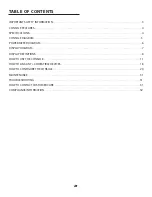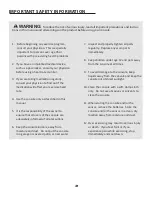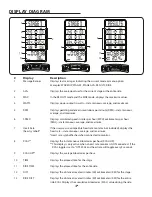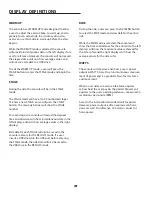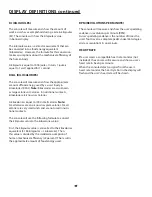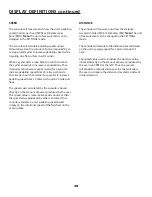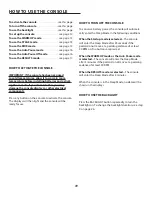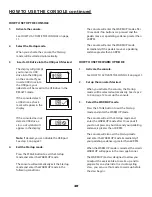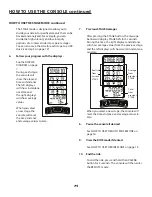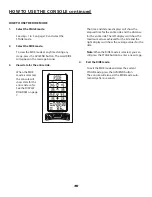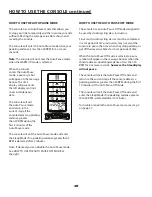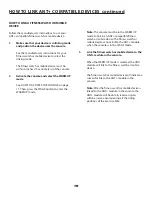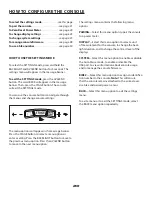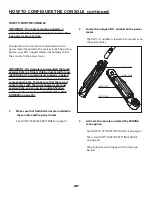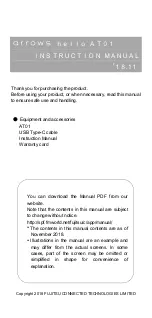
DISPLAY DEFINITIONS continued
9
KJ (KILOJOULES)
The console will measure and show the amount of
work a user has accomplished during a ride in kilojoules
(KJ). The console will show the kilojoules value
in banner display.
The kilojoules value is a direct measurement that can
be converted into a food energy equivalent
(kilocalories). However, the formula for this conversion
makes assumptions about the mechanical efficiency of
the human body.
A kilojoule is equal to 1000 joules. In turn, 1 joule is
equal to 1 watt applied for 1 second.
KCAL (KILOCALORIES)
The console will measure and show the approximate
amount of food energy used by a user’s body in
kilocalories (KCAL).
Note:
Kilocalories are also known
as large calories or Calories. In nutritional contexts,
kilocalories are known as Calories.
A kilocalorie is equal to 1000 small calories.
Note:
Small calories are also known as gram calories. Small
calories are very small units and are not used in nutri-
tional contexts.
The console will use the following formula to convert
the kilojoules value to the kilocalories value:
First, the kilojoules value is converted to the kilocalories
equivalent (4.186 kilojoules = 1 kilocalorie). Then,
this value is divided by the standard assumption of
human mechanical efficiency (22 percent). The result is
the approximate amount of food energy used.
RPM (REVOLUTIONS PER MINUTE)
The console will measure and show the user’s pedaling
cadence in revolutions per minute (RPM).
A user’s pedaling cadence is the number of times the
user’s foot travels a complete pedal stroke (360-degree
circle or revolution) in one minute.
HEART RATE
I
f a user wears a compatible heart rate monitor (not
included), the console will measure and show a user’s
heart rate in beats per minute.
When the console detects a signal from the user’s
heart rate monitor, the heart symbol in the display will
flash and the user’s heart rate will be shown.


